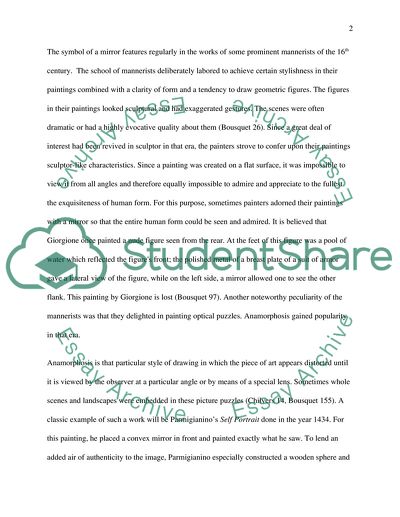Cite this document
(“The Use Of Mirrors In 16th Century Paintings Essay - 1”, n.d.)
Retrieved from https://studentshare.org/visual-arts-film-studies/1536591-the-use-of-mirrors-in-16th-century-paintings
Retrieved from https://studentshare.org/visual-arts-film-studies/1536591-the-use-of-mirrors-in-16th-century-paintings
(The Use Of Mirrors In 16th Century Paintings Essay - 1)
https://studentshare.org/visual-arts-film-studies/1536591-the-use-of-mirrors-in-16th-century-paintings.
https://studentshare.org/visual-arts-film-studies/1536591-the-use-of-mirrors-in-16th-century-paintings.
“The Use Of Mirrors In 16th Century Paintings Essay - 1”, n.d. https://studentshare.org/visual-arts-film-studies/1536591-the-use-of-mirrors-in-16th-century-paintings.


